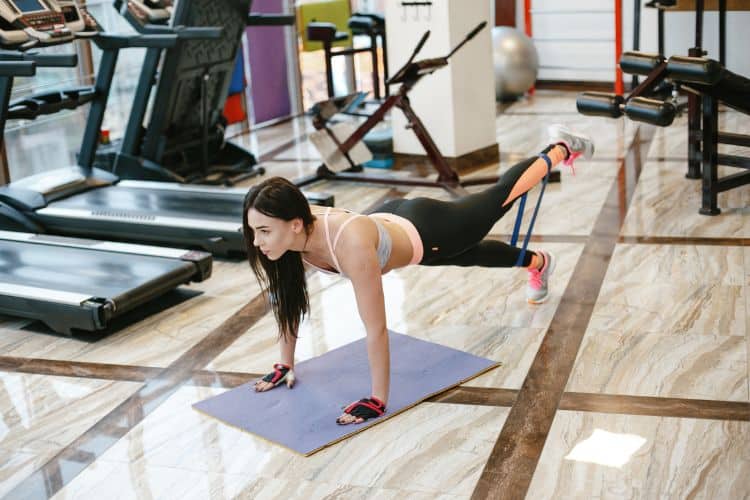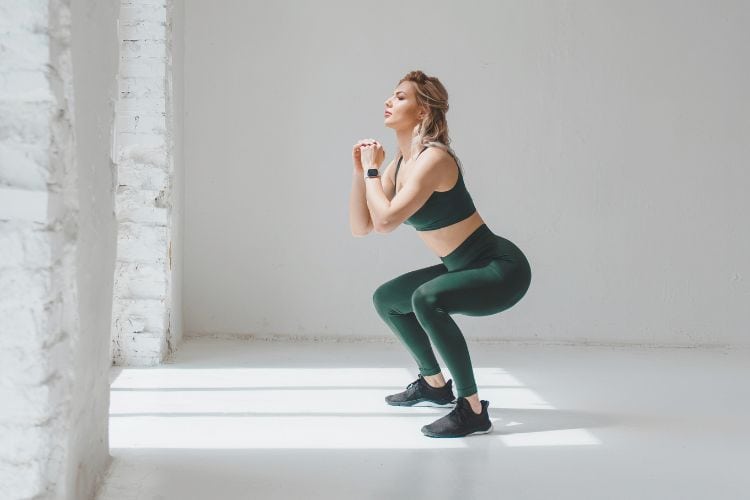Sign up for workout ideas, training advice, reviews of the latest gear and more.






Are you a woman seeking to embrace a healthier lifestyle through regular exercise? Whether you’re a complete beginner or you’re looking to shake up your current routine, you’re in the right place. Exercise not only helps in maintaining physical health but also boosts mental wellbeing, making it an essential part of our lives. This article aims to guide you in designing a comprehensive exercise routine that supports your unique health needs and lifestyle.
It’s essential to understand that exercise isn’t a one-size-fits-all formula. We all have diverse body types, health goals, and lifestyle constraints, and our exercise routines should reflect these individual factors. Hence, this proposed routine is customizable to align with your specific requirements.
Any balanced exercise routine should encompass the following key elements: cardio for heart health, strength training for muscular fitness, and flexibility exercises for mobility and agility.
Cardiovascular Exercises: Also known as cardio or aerobic exercises, these workouts aim to increase your heart rate, improving heart and lung health. They include activities like walking, jogging, cycling, or swimming.
Strength Training: This involves exercises that help build muscle strength and endurance. They can be achieved through weightlifting, bodyweight exercises, or resistance band workouts.
Flexibility and Balance Exercises: These exercises improve your body’s range of motion, balance, and coordination. Yoga, Pilates, and simple stretching routines fall under this category.
With these categories in mind, let’s move towards crafting your personalized exercise routine:
Monday – Cardio: Begin the week with energy-boosting cardio exercises. If you’re a beginner, you could start with brisk walking for about 20-30 minutes. For those comfortable with high-intensity exercises, running, cycling, or high-intensity interval training (HIIT) routines are excellent options.
Tuesday – Strength Training: You can start with bodyweight exercises like push-ups, squats, lunges, and planks. As you grow more comfortable, incorporate weights or resistance bands.
Wednesday – Flexibility/Balance: Mid-week, engage in a yoga or Pilates session to enhance your flexibility and balance. Beginners can start with basic yoga asanas, while more advanced practitioners can explore challenging poses.
Thursday – Cardio: Back to cardio. You can choose the same activity as Monday or switch it up. Variety keeps things exciting and can help prevent exercise plateauing.
Friday – Strength Training: Today, focus on different muscle groups than you did on Tuesday. If you focused on lower body earlier, now is the time for upper body workouts.
Saturday – Flexibility/Balance: Return to your yoga mat for a session focused on balance and flexibility. This will also help your body recover from the week’s workouts. (exercise routine)
Sunday – Rest: Allowing your body to rest is just as important as exercising it. Rest days prevent overtraining, reduce the risk of injury, and let your body heal and grow stronger.
Remember, consistency is more important than intensity when you’re starting. Begin with shorter, less intense sessions and gradually increase as your strength and stamina improve.
For women, the menstrual cycle can significantly influence exercise performance and recovery. It’s important to listen to your body and adapt your routine to your cycle phases. During menstruation, you might opt for light cardio or flexibility workouts. In the follicular phase (day 1 to ovulation), hormone levels rise, leading to increased strength and endurance. This could be a great time to push yourself in strength training or high-intensity cardio.
Don’t view exercise as a chore, but rather a way to nurture and care for your body. Cultivate a mindful approach towards exercise. Pay attention to your body’s signals and adjust your routine accordingly. Exercise should make you feel empowered, energized, and refreshed.
One of the biggest challenges of exercising is maintaining motivation. Establishing a routine is one thing, sticking to it is another. To overcome this, set realistic, measurable goals. Break down large goals into smaller, achievable ones. For instance, instead of targeting to lose 20 pounds, aim to lose 1-2 pounds each week. Celebrate every small victory, and remember, progress is progress, no matter how small.
Having a supportive community can also keep you accountable. This could be a workout buddy, an online group, or a local fitness class.
Exercise routine is a cornerstone of women’s health and wellbeing. It’s a tool of empowerment, fostering physical strength and mental resilience. So, let’s put on those workout clothes, lace up those shoes, and embark on this rewarding journey towards wellness. Remember, the goal isn’t perfection but progress. Every step you take, every push-up you manage, brings you one step closer to a healthier, stronger you. Celebrate your efforts, and most importantly, enjoy the journey. Your body will thank you!
Stay up to date on the latest women’s health, fitness and lifestyle trends and tips.